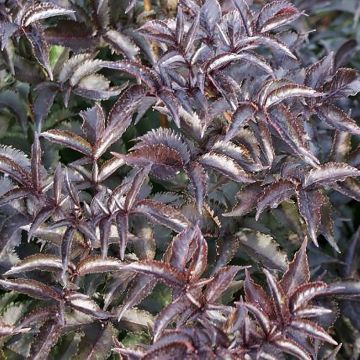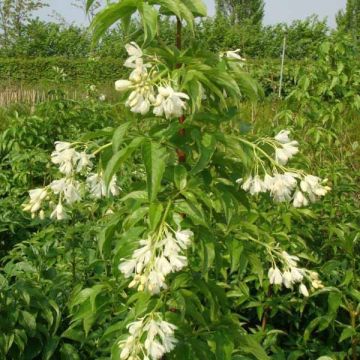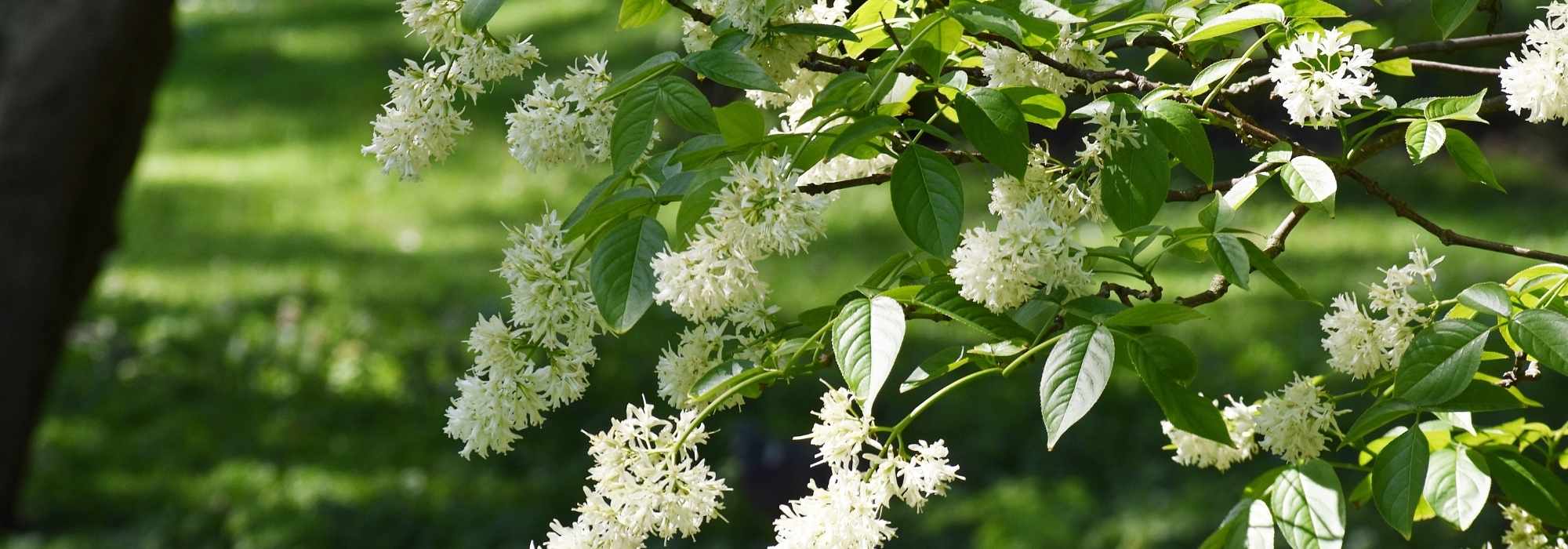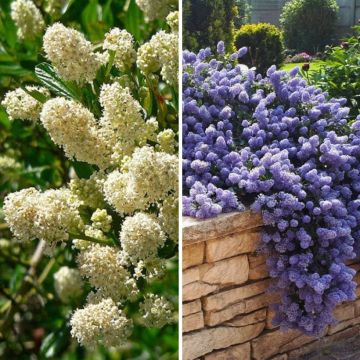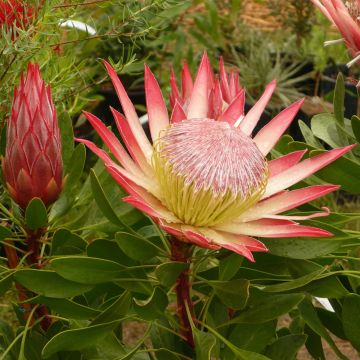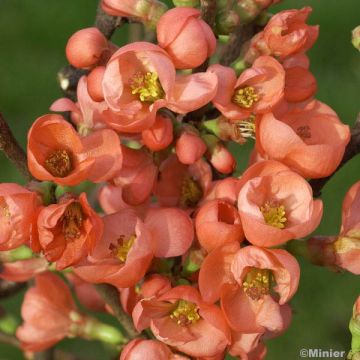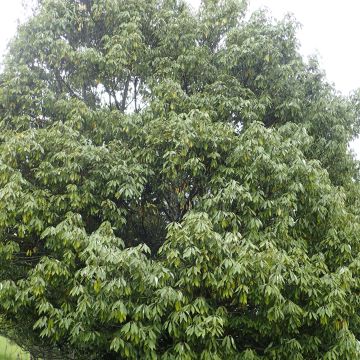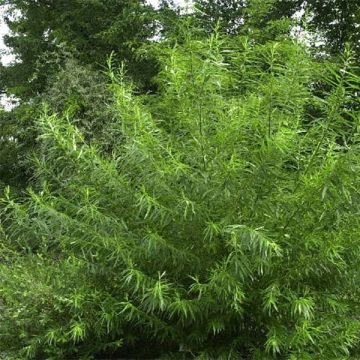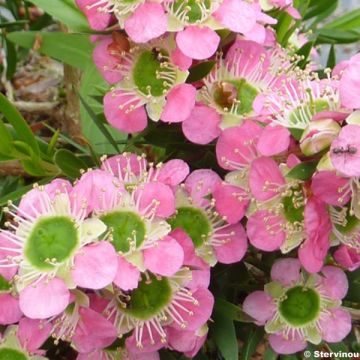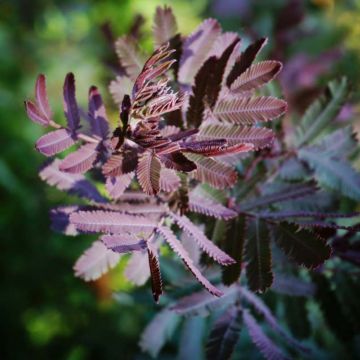

Staphylea colchica Black Jack - Faux pistachier
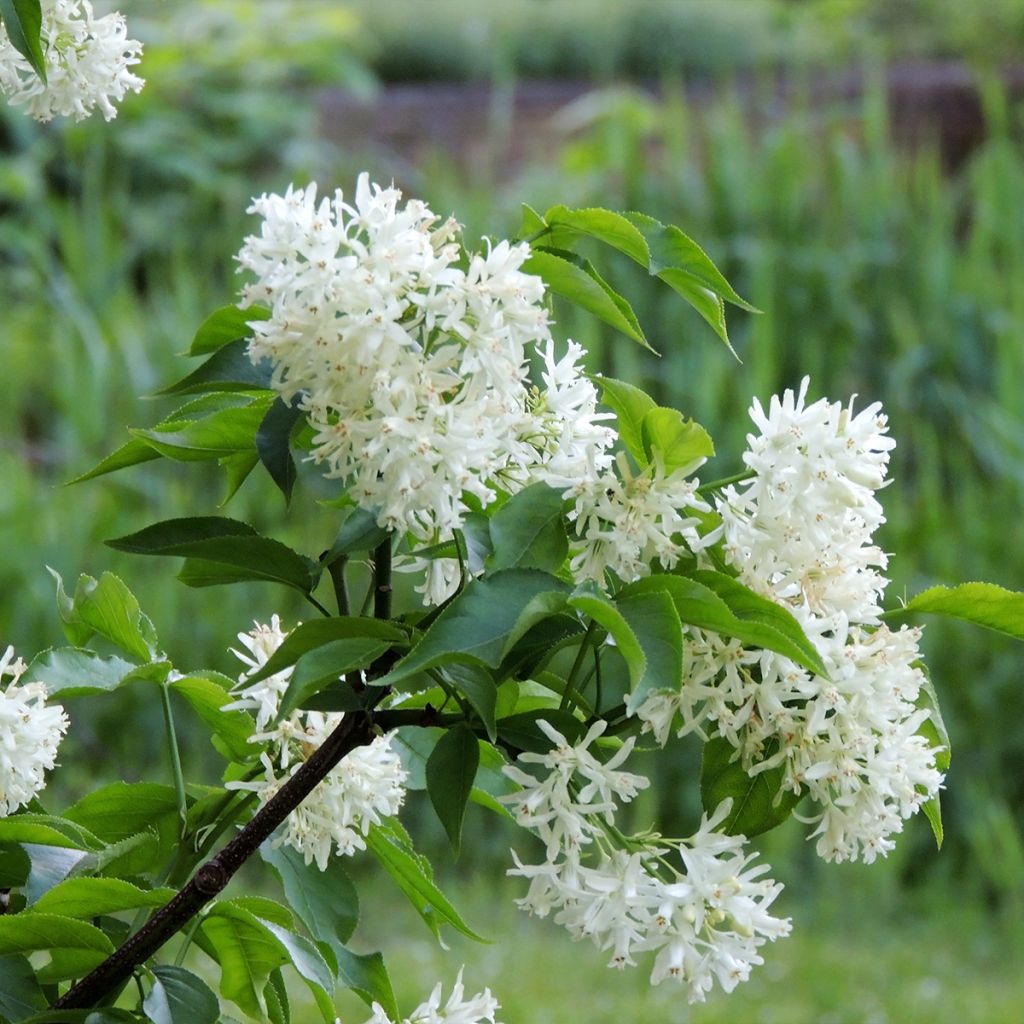

Staphylea colchica Black Jack - Faux pistachier
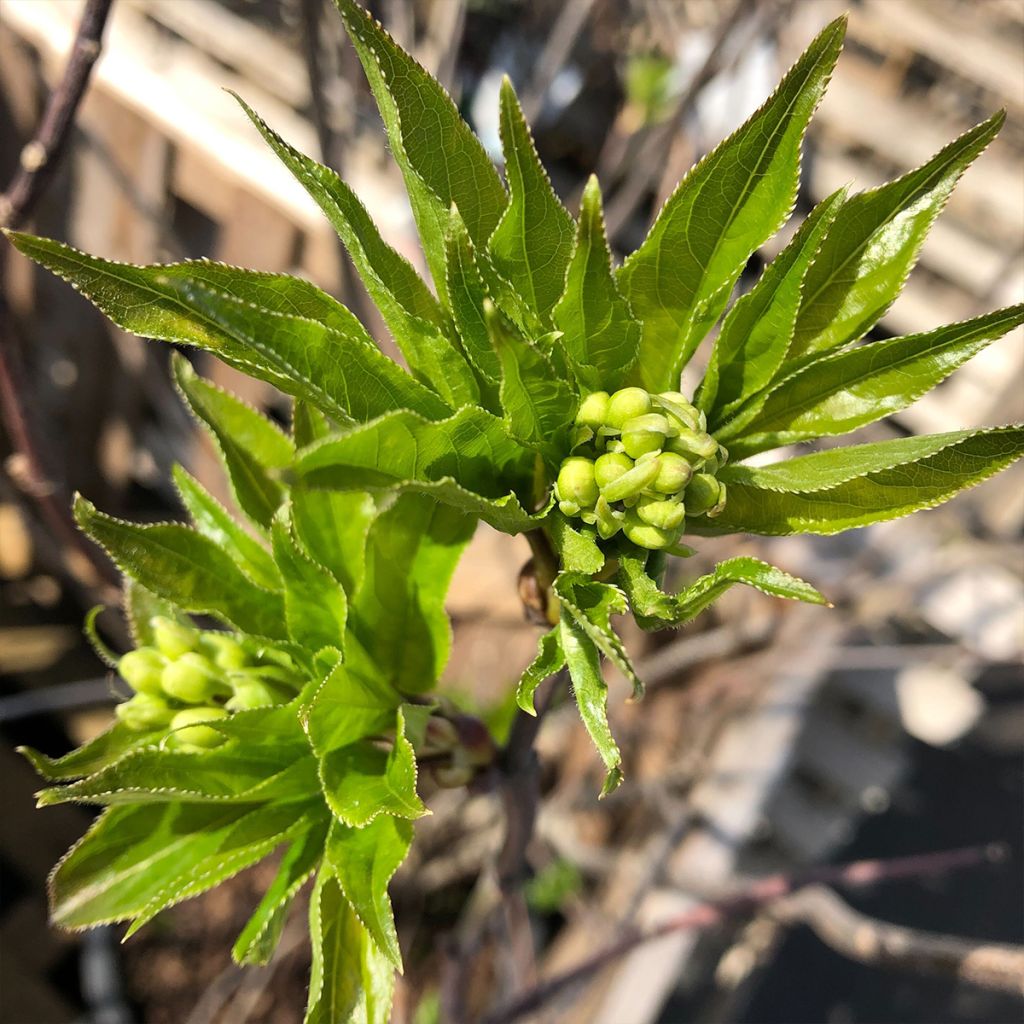

Staphylea colchica Black Jack - Faux pistachier
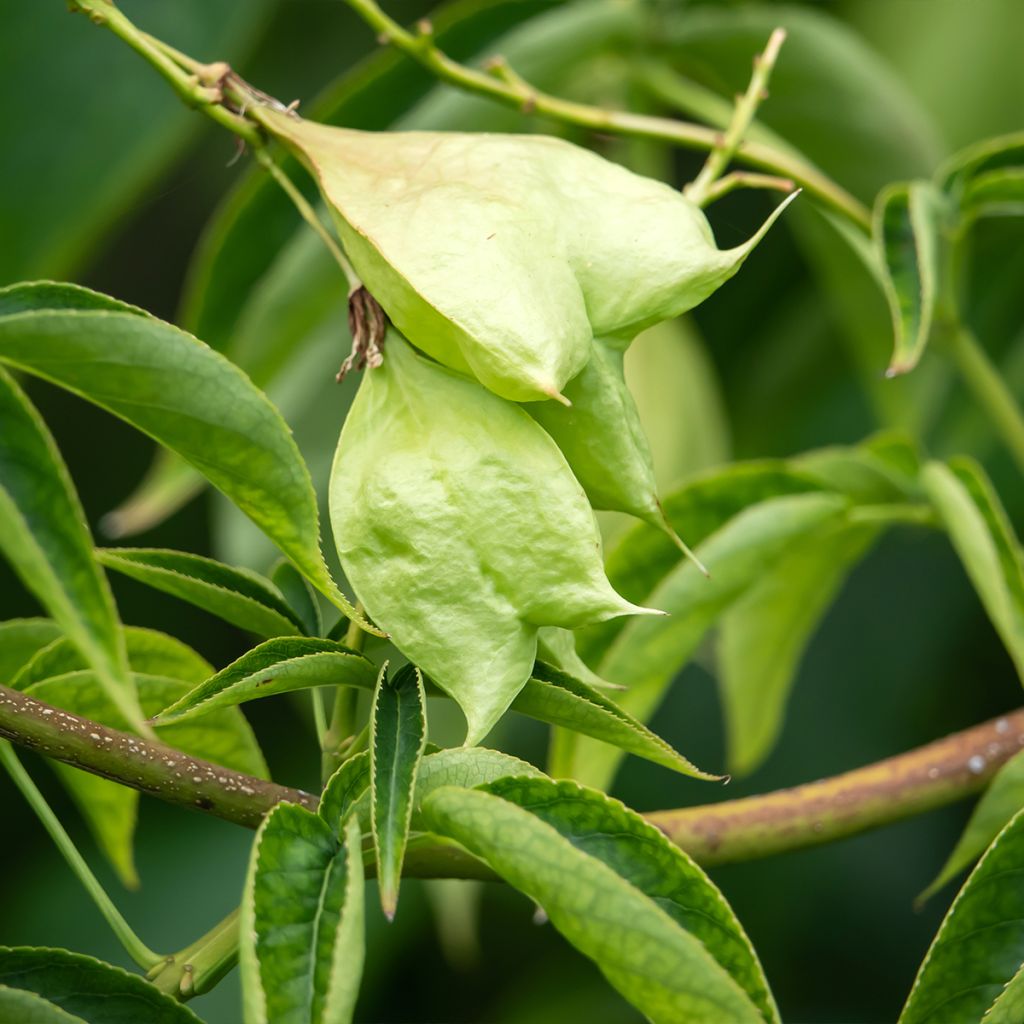

Staphylea colchica Black Jack - Faux pistachier
Staphylea colchica Black Jack
Staphylea colchica Black Jack
Ivory-flowered Bladdernut, False Pistachio
Special offer!
Receive a €20 voucher for any order over €90 (excluding delivery costs, credit notes, and plastic-free options)!
1- Add your favorite plants to your cart.
2- Once you have reached €90, confirm your order (you can even choose the delivery date!).
3- As soon as your order is shipped, you will receive an email containing your voucher code, valid for 3 months (90 days).
Your voucher is unique and can only be used once, for any order with a minimum value of €20, excluding delivery costs.
Can be combined with other current offers, non-divisible and non-refundable.
Why not try an alternative variety in stock?
View all →This plant carries a 24 months recovery warranty
More information
We guarantee the quality of our plants for a full growing cycle, and will replace at our expense any plant that fails to recover under normal climatic and planting conditions.
Would this plant suit my garden?
Set up your Plantfit profile →
Description
The Staphylea colchica Black Jack is a variety of false pistachio with exceptional ornamental value. If the classic Colchis Staphylea is already a remarkable and very accommodating bush, 'Black Jack' surpasses it with the colour of its foliage: initially green, its leaves turn a very dark red, almost black in summer. Its spring flowering in large, delicately scented panicles of pearly white is followed by curious swollen fruits that remain decorative until winter. This false pistachio has its place in a country hedge, a large wild grove, or the garden of a collector keen to boost biodiversity.
The False Pistachio is a bush belonging to the Staphyleaceae family, which consists of just 11 species belonging to the genus Staphylea. All these bushes are native to the moist undergrowth of the temperate northern hemisphere. Staphylea colchica is native to a Georgian region south of the Caucasus called Colchis. The 'Black Jack' cultivar is a recent horticultural creation.
The growth of the Staphylea Black Jack is rapid, reaching about 3.50 m (11ft) in all directions in a few years, forming a small tree with a bushy and wide habit. In May it produces, at the end of its branches, clusters of pendulous bell-shaped flowers, with a subtle scent of almond and orange blossom. The flowering will be more abundant after a hot summer. These campanulate corollas, measuring 9 to 12 mm (1in) long, are composed of 5 slightly shiny pearly white petals. They are followed by the formation of pendant fruits in the shape of membranous and swollen capsules resembling small wineskins, with two or three "horns", reminiscent of goat udders. These capsules, greenish-white in colour, turn brown as they ripen. They persist on the branches long after the leaves have fallen. The deciduous foliage is composed of opposite leaves, divided into 3 to 5 ovate to lanceolate leaflets, finely toothed along the edges. They emerge green and gradually turn reddish-black. Their colour then changes to yellow and orange at the end of the season, before falling off.
Perfectly adapted to European continental and cold climates, Staphylea colchica Black Jack is perfectly hardy and tolerates all types of soil as long as it does not dry out too much in summer. Its wild bushy appearance makes it more suitable for rustic landscapes and natural areas of the garden. In a free hedge, at the boundaries of the garden, it can be paired with rowans, hazelnuts, medlars, hawthorns, elderberries, or even field maples with beautiful autumn colours. To further enhance this ensemble, add some white spireas (arguta, Van Houttei), lilacs, mock oranges, botanical roses (Rosa hugonis, complicata, moyesii, pteracantha), and viburnums (lantana, carlesii, rhytidophyllum), or caragana arborescens. These shrubs are equally robust and easy-to-grow.
The floral buds, which have a caper-like taste, are preserved in vinegar in Georgia.
Staphylea colchica Black Jack in pictures
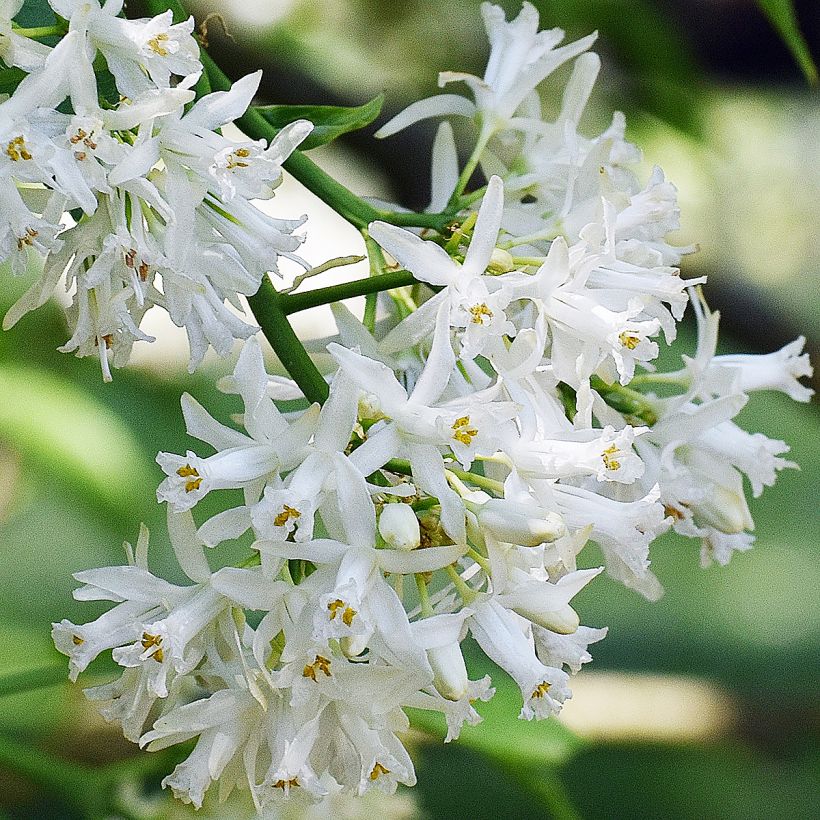

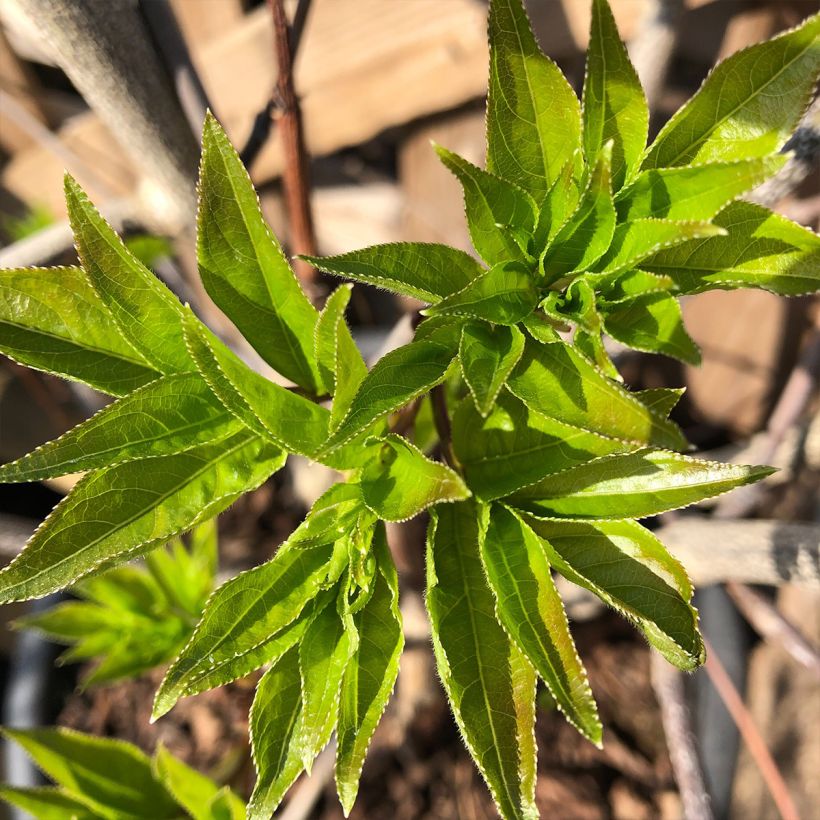

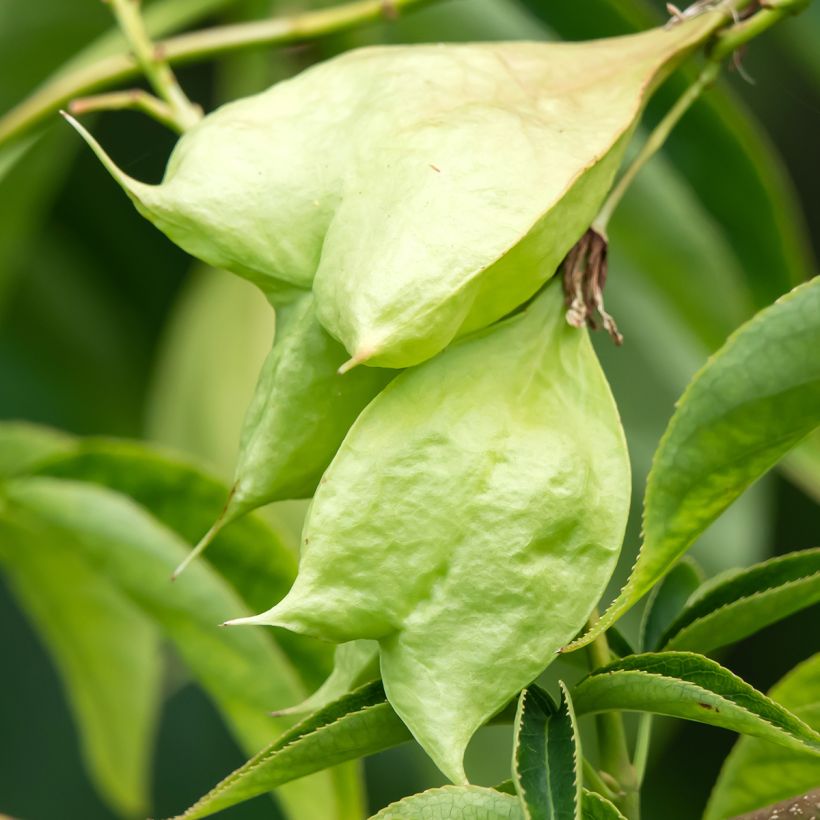

Plant habit
Flowering
Foliage
Botanical data
Staphylea
colchica
Black Jack
Staphyleaceae
Ivory-flowered Bladdernut, False Pistachio
Cultivar or hybrid
Other Staphylea
View all →Planting and care
Plant your Staphylea colchica Black Jack in a sunny or partially shady site, enriching your planting hole with a little well-rotted compost. This bush adapts to a wide range of soils as long as they are deep enough, relatively well-drained, and not too dry in summer. Its hardiness makes it widely adaptable to European climates. Pruning should be done in summer, after flowering. Remove dead wood and branches that are heading towards the centre or crossing over one other. Balance the habit, but never prune out large branches. This bush does not require excessive pruning.
Planting period
Intended location
Care
Planting & care advice
This item has not been reviewed yet - be the first to leave a review about it.
Similar products
Haven't found what you were looking for?
Hardiness is the lowest winter temperature a plant can endure without suffering serious damage or even dying. However, hardiness is affected by location (a sheltered area, such as a patio), protection (winter cover) and soil type (hardiness is improved by well-drained soil).

Photo Sharing Terms & Conditions
In order to encourage gardeners to interact and share their experiences, Promesse de fleurs offers various media enabling content to be uploaded onto its Site - in particular via the ‘Photo sharing’ module.
The User agrees to refrain from:
- Posting any content that is illegal, prejudicial, insulting, racist, inciteful to hatred, revisionist, contrary to public decency, that infringes on privacy or on the privacy rights of third parties, in particular the publicity rights of persons and goods, intellectual property rights, or the right to privacy.
- Submitting content on behalf of a third party;
- Impersonate the identity of a third party and/or publish any personal information about a third party;
In general, the User undertakes to refrain from any unethical behaviour.
All Content (in particular text, comments, files, images, photos, videos, creative works, etc.), which may be subject to property or intellectual property rights, image or other private rights, shall remain the property of the User, subject to the limited rights granted by the terms of the licence granted by Promesse de fleurs as stated below. Users are at liberty to publish or not to publish such Content on the Site, notably via the ‘Photo Sharing’ facility, and accept that this Content shall be made public and freely accessible, notably on the Internet.
Users further acknowledge, undertake to have ,and guarantee that they hold all necessary rights and permissions to publish such material on the Site, in particular with regard to the legislation in force pertaining to any privacy, property, intellectual property, image, or contractual rights, or rights of any other nature. By publishing such Content on the Site, Users acknowledge accepting full liability as publishers of the Content within the meaning of the law, and grant Promesse de fleurs, free of charge, an inclusive, worldwide licence for the said Content for the entire duration of its publication, including all reproduction, representation, up/downloading, displaying, performing, transmission, and storage rights.
Users also grant permission for their name to be linked to the Content and accept that this link may not always be made available.
By engaging in posting material, Users consent to their Content becoming automatically accessible on the Internet, in particular on other sites and/or blogs and/or web pages of the Promesse de fleurs site, including in particular social pages and the Promesse de fleurs catalogue.
Users may secure the removal of entrusted content free of charge by issuing a simple request via our contact form.
The flowering period indicated on our website applies to countries and regions located in USDA zone 8 (France, the United Kingdom, Ireland, the Netherlands, etc.)
It will vary according to where you live:
- In zones 9 to 10 (Italy, Spain, Greece, etc.), flowering will occur about 2 to 4 weeks earlier.
- In zones 6 to 7 (Germany, Poland, Slovenia, and lower mountainous regions), flowering will be delayed by 2 to 3 weeks.
- In zone 5 (Central Europe, Scandinavia), blooming will be delayed by 3 to 5 weeks.
In temperate climates, pruning of spring-flowering shrubs (forsythia, spireas, etc.) should be done just after flowering.
Pruning of summer-flowering shrubs (Indian Lilac, Perovskia, etc.) can be done in winter or spring.
In cold regions as well as with frost-sensitive plants, avoid pruning too early when severe frosts may still occur.
The planting period indicated on our website applies to countries and regions located in USDA zone 8 (France, United Kingdom, Ireland, Netherlands).
It will vary according to where you live:
- In Mediterranean zones (Marseille, Madrid, Milan, etc.), autumn and winter are the best planting periods.
- In continental zones (Strasbourg, Munich, Vienna, etc.), delay planting by 2 to 3 weeks in spring and bring it forward by 2 to 4 weeks in autumn.
- In mountainous regions (the Alps, Pyrenees, Carpathians, etc.), it is best to plant in late spring (May-June) or late summer (August-September).
The harvesting period indicated on our website applies to countries and regions in USDA zone 8 (France, England, Ireland, the Netherlands).
In colder areas (Scandinavia, Poland, Austria...) fruit and vegetable harvests are likely to be delayed by 3-4 weeks.
In warmer areas (Italy, Spain, Greece, etc.), harvesting will probably take place earlier, depending on weather conditions.
The sowing periods indicated on our website apply to countries and regions within USDA Zone 8 (France, UK, Ireland, Netherlands).
In colder areas (Scandinavia, Poland, Austria...), delay any outdoor sowing by 3-4 weeks, or sow under glass.
In warmer climes (Italy, Spain, Greece, etc.), bring outdoor sowing forward by a few weeks.






























